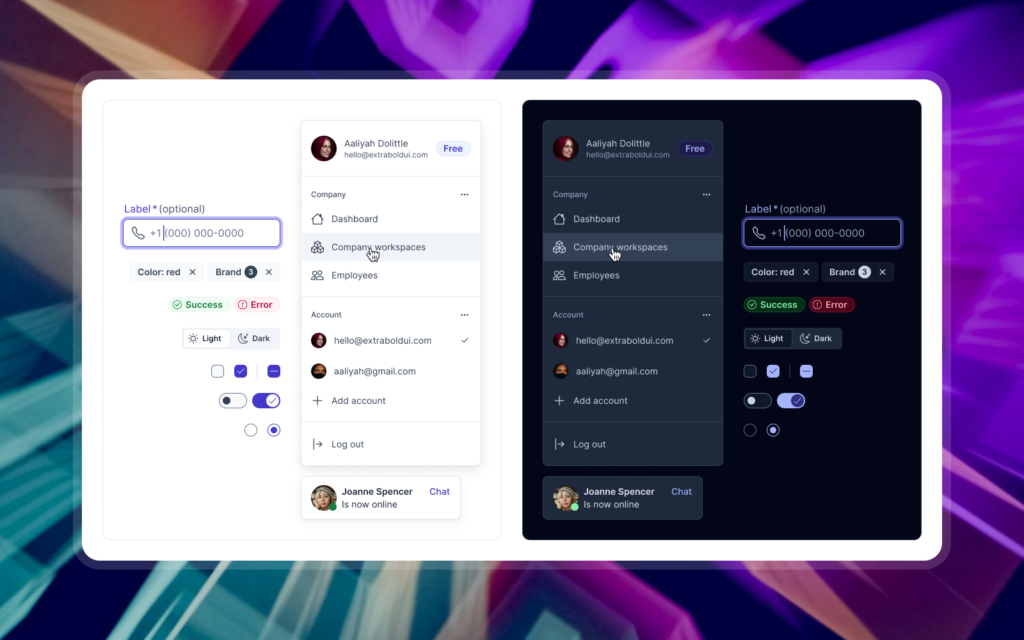What design tokens are
A token is a human readable name for a visual value. Instead of scattering #1A73E8 or 16px through files and code, you use names such as brand-primary or space-2. Tokens live in a central repository as JSON, in a Figma plugin, or inside a design system. That central record lets designers and developers refer to the same thing without guessing.
Why tokens matter
Tokens solve three practical problems. First, they enforce consistency across platforms. The same token used in a mobile app and on the web will yield the same visual outcome. Second, they make updates efficient. Change a token once and the new value propagates everywhere that token is used. Third, they create a shared vocabulary so teams do not lose time debating which hex code or font size to use. Those effects add up into fewer errors and faster iterations.
How tokens fit into a workflow
Tokens sit between design and code. The usual flow looks like this:
- Define tokens for core properties such as colors, type, spacing, shadows, and animations.
- Export or sync tokens to the codebase with tools or plugins.
- Reference tokens in components rather than hardcoded values.
- When a token changes, the update reaches both design files and production builds.
This process keeps visual rules consistent while letting teams iterate without breaking the interface.
Benefits for designers and developers
Designers get fewer manual fixes and faster theme tweaks. They can experiment with a palette or scale type sizes while keeping components intact. Developers gain reusable, predictable values that make components easier to test and maintain. For both sides, tokens reduce ambiguity at handoff and cut down on back-and-forth. That alignment shortens delivery cycles and raises product quality.
Practical tips
Start small with core tokens, keep names consistent, and document how tokens map to components. Do not overcomplicate the set early on, avoid creating component based tokens as those could get out of hand quickly.
Design tokens are a practical bridge that puts design decisions where everyone can use them. A small upfront investment in tokens pays off in fewer visual bugs, clearer handoffs, and faster, safer updates across platforms.

